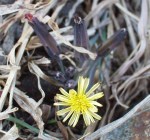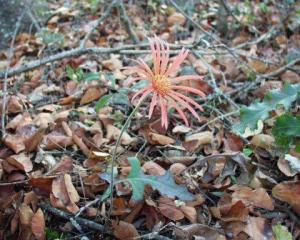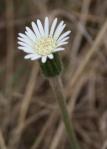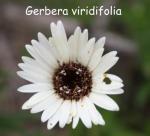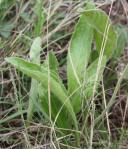Order: Asterales
Family: Asteraceae
Species: Dicoma anomala subsp. anomala (Spiky Doll’s bush, )
Macledium zeyheri subsp. zeyheri (Was Dicoma zeyheri) (Doll’s protea)
The first time I saw these flowers I immediately thought they are from the sugarbush (protea) family. However, they are not remotely related and fall within the Asteraceae family. The resemblance to proteas is used in the general names.
Dicoma anomala subsp. anomala
The leaves are lanceolate with serrated, spiky edges. It is dark green on the upper side and the lower side lighter and velvety.
Found only once in a rocky area.
According to one of my sources it is also called:
fever bush, stomach bush (English); maagbitterwortel, kalwerbossie, koorsbossie, gryshout, maagbossie (Afrikaans); hloenya, mohasetse (South Sotho); inyongana (Swazi, Xhosa); isihlabamakhondlwane, umuna (Zulu)
The plant is utilized in traditional medicine, as can be deducted also from the general names used.
Another subspecies is being researched scientifically for its medicinal properties. Mosquitos are becoming resistant to anti-malaria drugs, and one of the plants selected for investigation is Dicoma anomala subsp. gerrardii, based on its ethnomedicinal profile.
Macledium zeyheri subsp. zeyheri
This plant is very prickly as you can see from the photos. Flowering takes place in late summer to autumn. I find it mostly in rocky areas.
According to one of my sources it is also called:
skaapdissel, maagbitterwortel, maagbossie (Afrikaans); toy sugar bush, doll’s protea (English); mahlabane, somanheva (Swazi); umlunge, umqele (Xhosa); isihlabamakhondlwane, ububendle (Zulu)
This is how I often observe the species.
And this was a once off sighting, and it was long ago and I can’t remember the exact spot to look for it again.
For further reading:
Species
- http://www.plantzafrica.com/plantcd/dicomanom.htm
- http://www.plantzafrica.com/plantklm/macledzeyheri.htm
Medicinal value of Dicoma anomala











